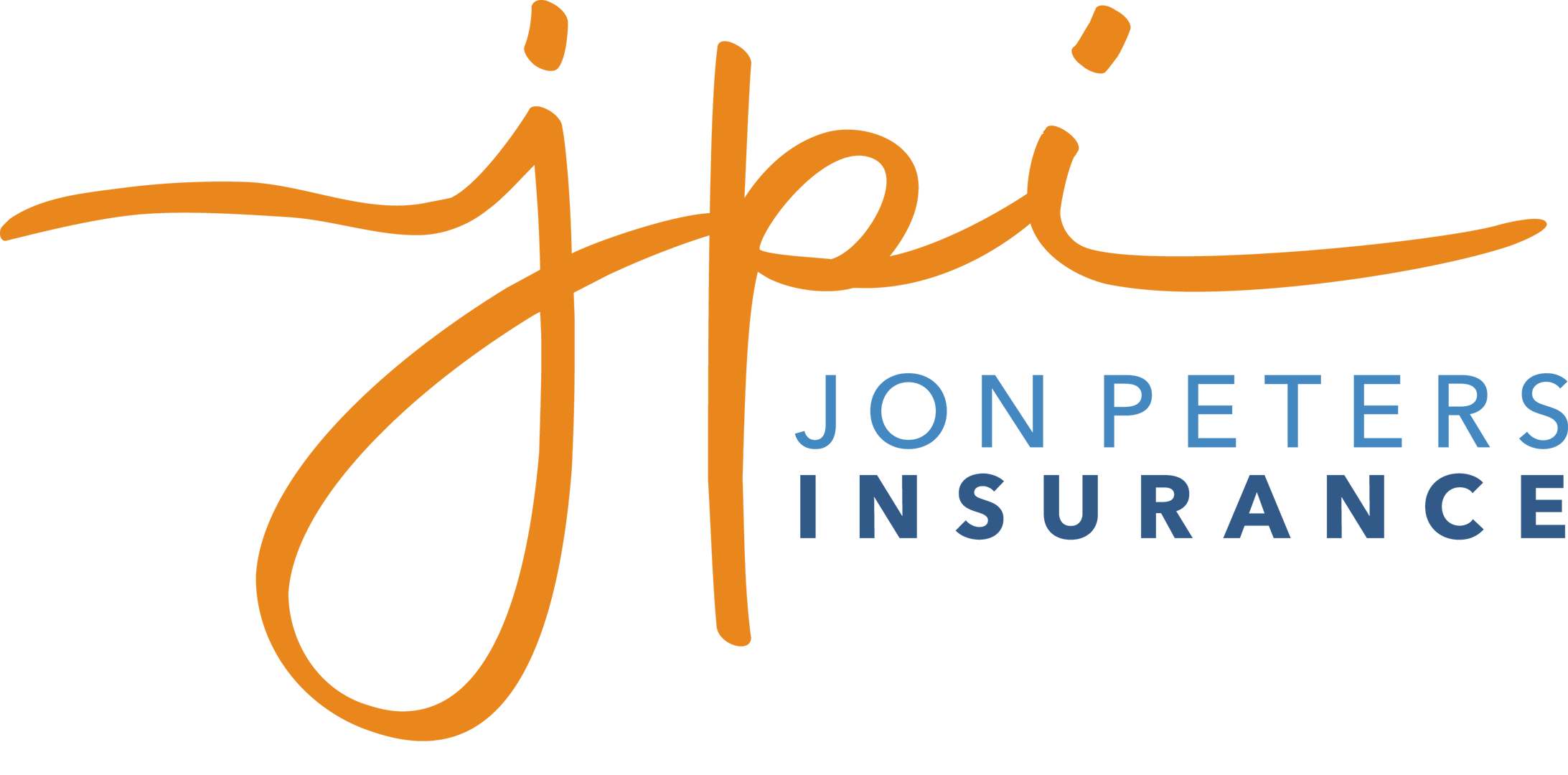Hurricane Insurance
Good hurricane insurance coverage is available to protect homeowners from the myriad of expenses that they can face if they are victims of loss due to the effects of a hurricane. This coverage can protect homes and other permanent (or even mobile structures) from these events. Keep in mind that a claim may only be filed once a hurricane has been officially recognized by an official weather agency.
Who Needs Coverage
Hurricane insurance is designed to provide financial security for those who own homes in areas that are at high risk for both hurricanes and less intense tropical storms. Various types of residential properties can be covered including single-family homes, multi-family homes, apartment buildings, condos and more. In order to carry such insurance (and to make a claim), an individual must provide proof of ownership of the property. The typical homeowner’s insurance policy will normally cover damage from wind and wind-whipped rain. So, if high winds were to tear off the shingles from your home and water was to penetrate through the roof, the resulting damage would be covered. However, many insurers exclude losses from hurricanes, so it is vital that one read any policy details to see where any potential limitations on water and wind damage may lie.
Homeowners in regions that are at hurricane risk are sometimes mandated to obtain hurricane insurance coverage. At any rate, purchasing separate flood and windstorm policy coverage can be smart for just about anyone.
See all policies
HOME + AUTO
BUSINESS
LIFE + INCOME
TOYS
How it Works
Insurance providers who provide such coverage will often utilize in-depth studies of weather patterns in specific regions that are to be covered. Homes that reside along certain coastal areas of the U.S. are known to be at higher risk for hurricanes. If an extreme weather event occurs, policyholders may then file a claim for any property damage and other incurred expenses. Remember that the insurance company will need to confirm the hurricane event by verifying it with weather monitors. The Saffir-Simpson Hurricane Scale is what often is used to determine the intensity of the hurricane and the likely damage that will result in insured homes.
Different Types of Coverage
Insurance for hurricanes pays out for the repair or rebuilding of homes, garages, sheds, pool houses, gazebos, and other similar structures affected by these storms. The interior of a damaged building can be refurbished with this insurance compensation. In the aftermath of a hurricane, driveways and landscaping will often need repairs as well and with this insurance coverage, one can access the funds necessary for a full-scale reworking of one’s damaged property.
Even carrying good homeowner’s insurance coverage that has a component for hurricanes will not necessarily cover for damages stemming from rising waters. Rising water could happen due to overflowing bodies of water, a tidal surge, or other kinds of water flow.
Conclusion
Certainly, as a homeowner, you will have obtained a homeowner’s insurance coverage. However, despite the fact that most coverage will include some protections in this area, hurricane coverage may only be partially covered, leaving you at risk. A home is often a person’s greatest investment so why allow tropical storms and hurricanes to threaten it? If you reside in a high-risk zone for such events, it is wise to make certain that your home is appropriately covered and that your financial interests are safeguarded.


